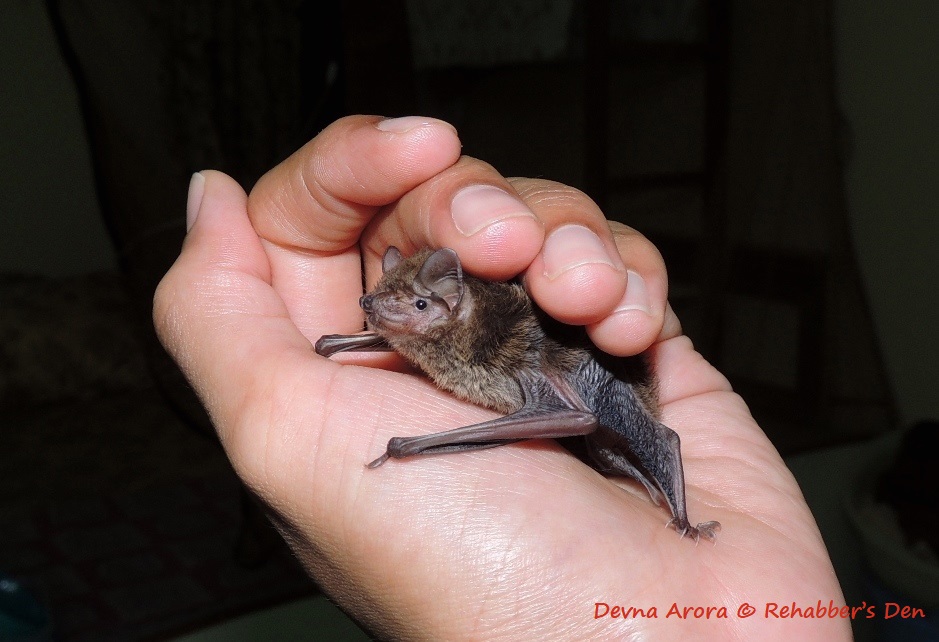Bat Rescue - Primary Intervention
Devna Arora

Bats may be broadly divided into two types:
Palm squirrels are palm-sized rodents with thick, bushy tails that belong to the genus Funambulus and the subfamily Calloscuirinae, a subfamily of squirrels found in Asia. The genus Funambulus comprises of 5 species of squirrels widely distributed in the Indian subcontinent with the subgenus of Prasadsciurus found right up to Iran.
For ease of classification and understanding of behaviour, I prefer to group these squirrels based on their proximity to human settlements. The two species of palm squirrels commonly found in urban, suburban and rural landscapes are:
1. Indian 3-Striped Palm Squirrel (Funambulus palmarum) which has a more southern distribution and is commonly found in peninsular India and Sri Lanka.
2. Indian 5-Striped Palm Squirrel (Funambulus pennantii) which has a more northern distribution in India and in commonly found in central and northern India as well as Nepal, Pakistan and Iran.
The two species can easily be distinguished by counting the number of paler coloured stripes on the squirrel’s back. The squirrels range from 22.5 cm to 40 cm in length, which includes a tail of 11–12 cm long, and weigh between 100–200 gm. Data suggests that palm squirrels live on average for 5-6 years in captivity although individuals have been known to live longer. They may only breed seasonally in the northern distribution of their ranges but breed all-year round otherwise.
Both species are highly gregarious and extremely adaptable, easily adjusting to a variety of living conditions and habitats and have spread well beyond their native range in recent years. They adapt easily to semi-modern constructions and thrive on human generosity and readily accept goodies from human hands. It is not uncommon to see individuals nesting in roof tops, false ceilings, unused attics or cupboards, etc.
The other palm squirrels found in forested landscapes are of course shy, comparatively rare, less adaptable and more specialized in their needs. They exist in restricted zones and habitats and are of course under looming threats due to intense deforestation, habitat degradation and fragmentation.
3. Dusky-Striped Palm Squirrel (Funambulus sublineatus) is restricted to riparian habitats, particularly reedbeds, in southern India and Sri Lanka. Listed as Vulnerable on the IUCN Red List due to increased habitat destruction in its already limited distribution range.
4. Western Ghats Striped Squirrel (Funambulus tristriatus) is endemic to the Western Ghats and locally common in forested landscapes and coffee estates of Maharashtra, Karnataka, Tamil Nadu and Kerala. The species is known to occur at elevations between 700 to 2100 meters above sea level. Although the species is listed as Least Concern on the ICUN Red List, the major threats to the species are habitat degradation and replacement of native trees by exotic ones, which the species appears to avoid, in managed landscapes.
5. Layard’s Palm Squirrel(Funambulus layardi) is endemic to montane, evergreen forests of central and south western Sri Lanka but is also found in lowland rainforests. Listed as Vulnerable on the IUCN Red List as it is under major threats due to deforestation and habitat degradation.
Nesting
Published: 7th January 2019

